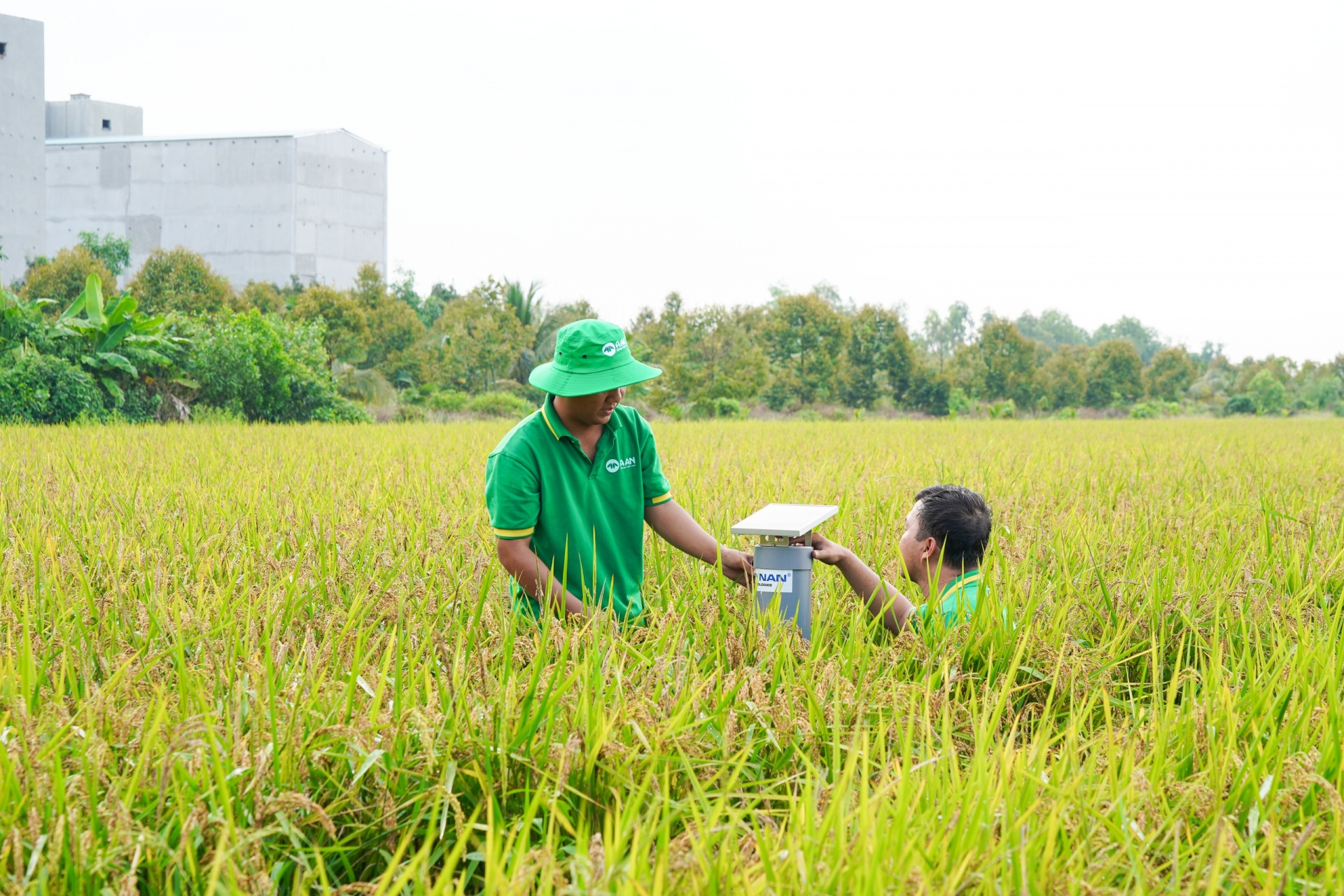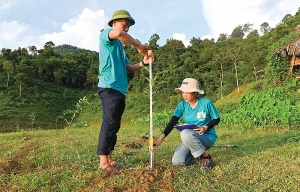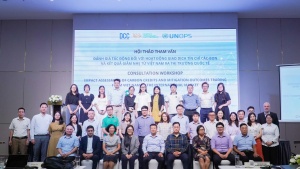The Ministry of Agriculture and Environment plans to pilot at least 15 carbon credit farming models between late 2025 and 2035, focusing on key crops such as rice, coffee, cassava, sugarcane, and bananas that meet international carbon market standards.
On October 22, the ministry held a workshop to introduce its Low-Emission Crop Production Scheme.
 |
According to Huynh Tan Dat, director general of the Department of Crop Production and Plant Protection, the initiative will be implemented nationally, prioritising high-potential crops capable of significant emission reduction.
“The crop production sector aims to help cut at least 15 per cent of total greenhouse gas emissions by 2035, compared to 2020 levels. At the same time, we plan to pilot no fewer than 15 farming models capable of generating carbon credits that comply with international standards,” Dat said.
The scheme also targets developing a low-emission certification label for key agricultural products and applying sustainable cultivation practices across all core crop areas by 2050.
Nguyen Thi Thu Huong, deputy director general of the same department, said the ministry intends to launch 59 emission-reduction pilot models across 34 provinces and cities. These include low-emission rice production, rice-fish/shrimp and rice-maize/peanut rotation systems, sustainable farming of cassava, vegetables, coffee, pepper, tea, and fruit trees such as durian, lychee, and longan.
Each locality will develop one to three models tailored to its agricultural conditions and crop potential. “Specific emission-reduction measures will be identified for each type of farming system,” Huong added.
The first phase will cover rice, cassava, coffee, bananas, and sugarcane, forming the foundation for expanding carbon credit generation in Vietnam’s crop production sector.
 |
Carbon credits pave way for a green financial future
When observing the global picture, it is clear that carbon credits are gradually evolving into a form of currency, a unique financial derivative that intersects four seemingly unrelated domains: nature, finance, national assets, and knowledge. This intersection creates a market that is both unique and highly challenging. |
 |
The potential ahead for forest carbon credits in Vietnam
Vietnam is considered to have potential to exploit carbon credits from forestry. Carina van Weelden, implementation manager at the German Development Agency, known as GIZ, which is scaling up sustainable forest management and certification in Vietnam, offered VIR’s Kim Oanh in-depth information about the issue. |
 |
Robust carbon market to play net-zero part
Vietnam is pushing forward with the creation of a national carbon market, aiming for full integration by 2029, as part of its broader strategy to meet climate targets. |
 |
Carbon market governance tightened to support global climate action
The government is stepping up efforts to regulate international carbon trading and greenhouse gas reduction exchanges, aiming to strengthen the country’s role in global climate action. |
 |
Vietnam to transfer additional one million carbon credits to World Bank
The Vietnamese government has approved the transfer of one million tonnes of CO₂ emission reductions generated from plantation forests in the north-central region to the International Bank for Reconstruction and Development (IBRD), a member of the World Bank Group. |
 |
ETS pilot to support Vietnam’s clean energy transition
An emissions trading system (ETS) is expected to play a crucial role in redistributing Vietnam’s carbon reduction burden, especially in the thermal power sector. The mechanism would give firms more flexibility in choosing between investing in cleaner technology or purchasing financial instruments. |





